When you glance at a chicken pecking around your backyard, it’s hard to imagine this feathered farm animal has any connection to the mighty Tyrannosaurus rex that dominated the prehistoric landscape 68 million years ago. Yet, beneath those feathers and behind that familiar cluck lies a genetic legacy that stretches back to the age of dinosaurs. The connection between chickens and T. rex represents one of the most fascinating stories in evolutionary biology—a tale of survival, adaptation, and the unbroken thread of DNA that connects our modern world to Earth’s distant past. This remarkable relationship wasn’t fully understood until recent scientific breakthroughs allowed researchers to extract and analyze genetic material from fossilized dinosaur remains, revolutionizing our understanding of avian evolution and the dinosaur-bird connection.
The Evolutionary Timeline: From Dinosaurs to Birds
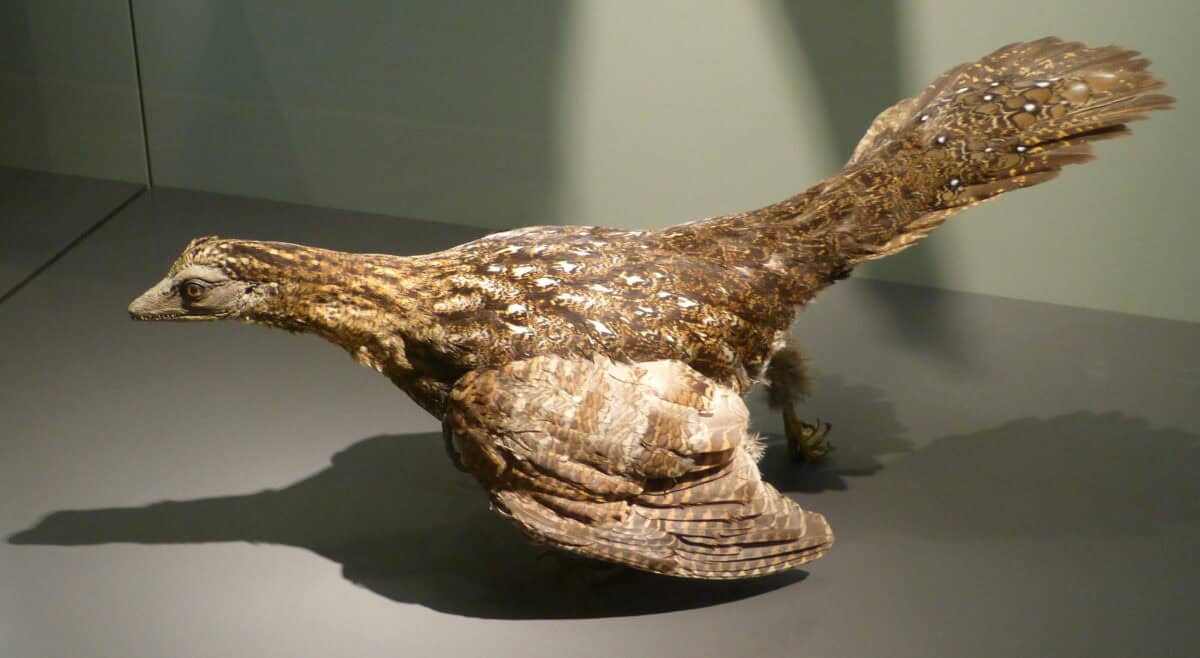
The evolutionary journey from dinosaurs to modern birds spans approximately 150 million years. This transition began during the Jurassic period when a group of small, carnivorous dinosaurs called theropods—the same group that would later include Tyrannosaurus rex—began developing features that would eventually characterize birds. These early adaptations included hollow bones, three-toed feet, and the beginnings of feather-like structures.
The iconic Archaeopteryx, dating back about 150 million years, represents a crucial transitional fossil with both dinosaurian and avian characteristics. When the catastrophic asteroid impact triggered the Cretaceous-Paleogene extinction event about 66 million years ago, non-avian dinosaurs perished, but the small, adaptable proto-birds survived. These survivors evolved into the approximately 10,000 bird species we see today, including our humble chicken, carrying within their DNA the ancient genetic signature of their dinosaurian ancestors.
The Groundbreaking Discovery: Extracting Dinosaur Proteins

The scientific breakthrough that solidified the chicken-T. rex connection came in 2007 when paleontologist Dr. Mary Schweitzer and her team extracted and analyzed collagen protein sequences from a 68-million-year-old T. rex femur bone. This achievement, once thought impossible due to the fragility of organic molecules over geological time, opened a new frontier in paleontological research.
When researchers compared these protein sequences with those of modern animals, they discovered something remarkable: the T. rex collagen shared a significant molecular similarity with collagen found in modern chickens and, to a lesser extent, other birds. This protein evidence provided powerful molecular confirmation of what the fossil record had long suggested—birds are indeed the living descendants of theropod dinosaurs. The study, published in Science, represented a watershed moment in our understanding of evolutionary biology and dinosaur-bird relationships.
Genetic Similarities: What Chickens Inherited

The genetic relationship between chickens and T. rex goes beyond basic evolutionary connections. Specific genetic elements persist across this vast evolutionary timespan. For instance, both share genes related to scale and feather development, with the same genetic “toolkit” responsible for creating scales in T. rex later repurposed to produce feathers in birds. Limb development genes show remarkable conservation as well—the same Hox genes that determined the structure of T. rex’s reduced forelimbs now influence wing development in chickens.
Even certain behavioral traits may have genetic roots in their shared ancestry, as some nesting and territorial behaviors seen in modern chickens bear similarities to what we’ve inferred about therapod dinosaur behavior from the fossil record. Perhaps most fascinating is the discovery that the gene sequences controlling the development of the beak in chickens are modified versions of the same genes that formed the snout in T. rex, demonstrating how evolution repurposes existing genetic material for new adaptations.
Decoding the Chicken Genome
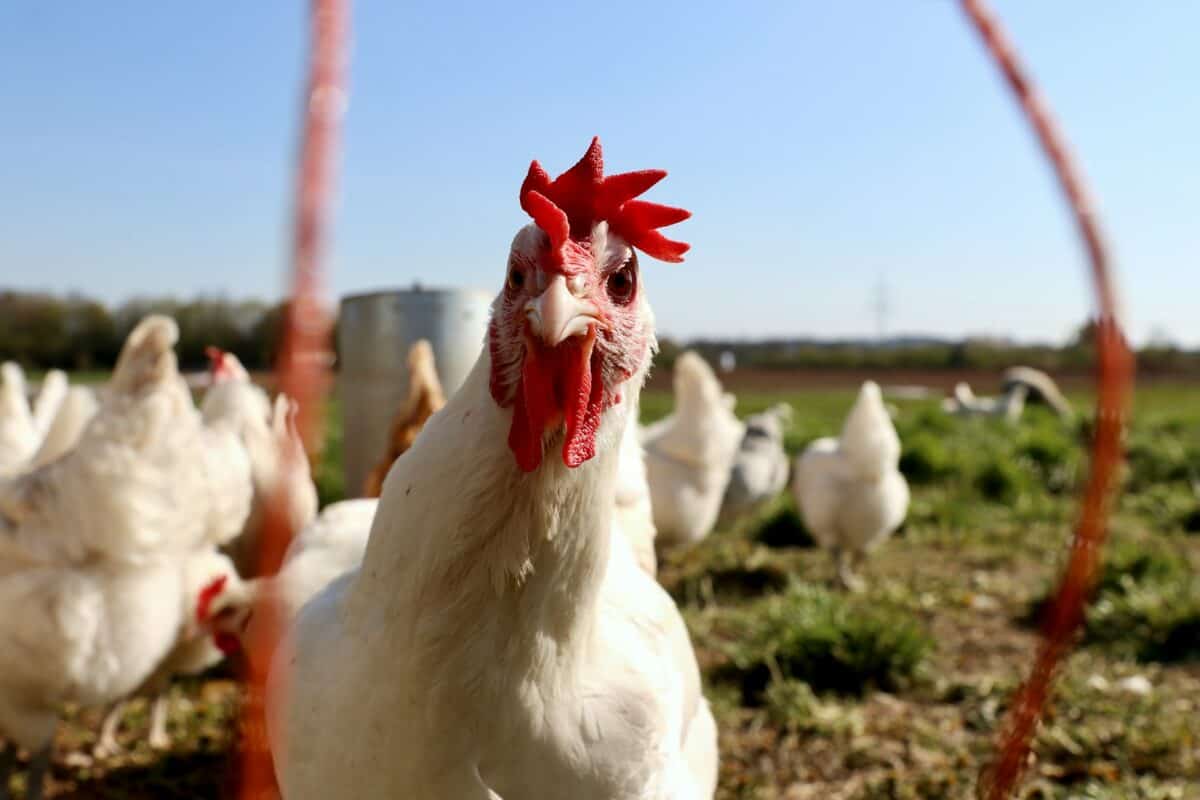
The sequencing of the chicken genome in 2004 represented a critical milestone in understanding avian genetics and their dinosaurian connections. As the first bird genome fully sequenced, the chicken’s genetic blueprint revealed approximately 20,000-23,000 genes across 39 pairs of chromosomes. This genetic mapping allowed scientists to identify specific genetic sequences that have remained remarkably consistent throughout evolutionary history. Comparative genomic studies have subsequently revealed that chickens retain numerous genetic elements that were likely present in their dinosaur ancestors.
These include genes related to immune function, scale formation, and skeletal development. The chicken genome has become an invaluable reference point for paleogenetic research, allowing scientists to better understand not just modern avian biology but also to make educated inferences about the genetic makeup of extinct dinosaurs like T. rex. This genetic time capsule within the chicken provides a unique window into the biological foundations of creatures that vanished from Earth millions of years ago.
The Biological Blueprint: Skeletal Structures

The skeletal similarities between chickens and their T. rex ancestors reveal striking evolutionary continuity despite their vastly different appearances. Both possess a wishbone (furcula), a feature first developed in theropod dinosaurs that later became essential for flight in birds. The three-toed foot structure of chickens mirrors the basic foot pattern of theropods, displaying the same arrangement of digits. Even the hollow bones that make birds lightweight enough for flight originated in theropod dinosaurs, though they served different functions for T. rex, potentially relating to respiration efficiency or weight reduction.
Perhaps most tellingly, detailed studies of chicken embryonic development have revealed that early in formation, chicken embryos develop dinosaur-like tails and hands with separate digits that later fuse into wings—a vivid demonstration of how embryonic development recapitulates evolutionary history. These structural homologies provide powerful physical evidence supporting the genetic connection between these seemingly disparate animals, showing how fundamental body plans have been conserved and modified across millions of years of evolution.
Reverse Engineering: The Chickenosaurus Project
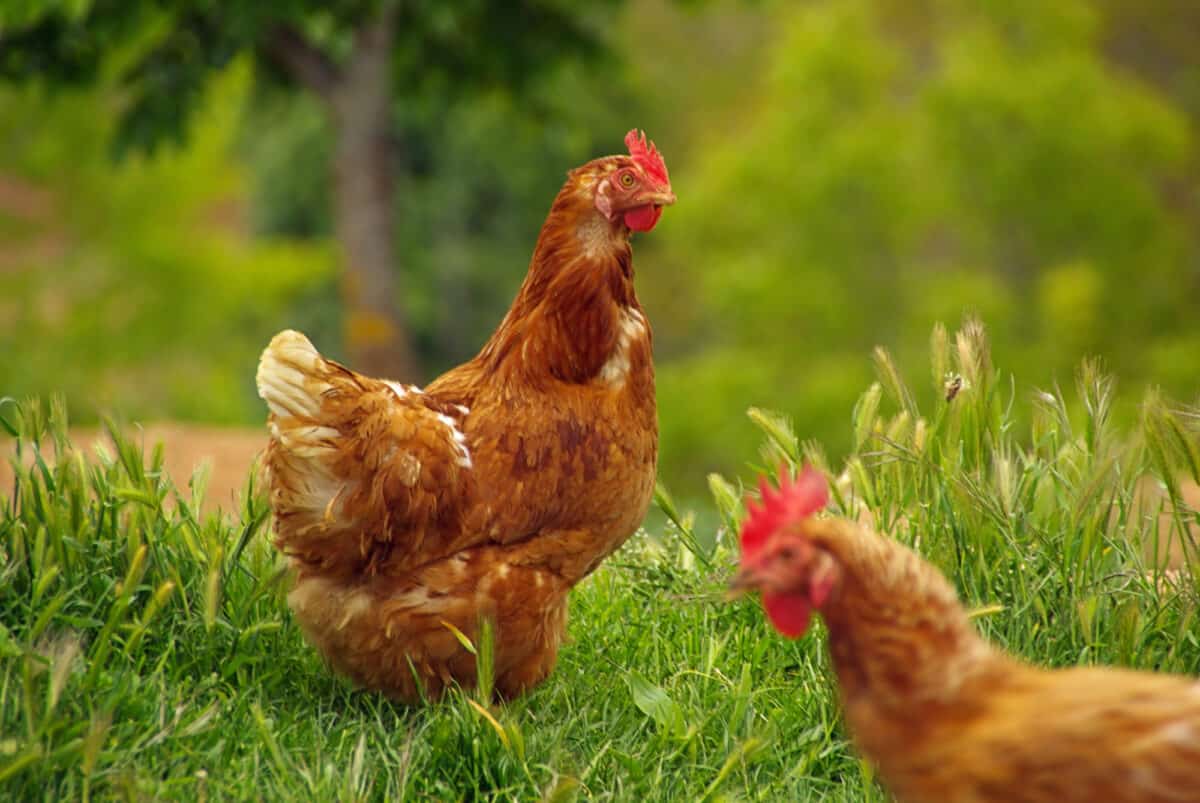
The genetic relationship between chickens and dinosaurs has inspired some scientists to explore the possibility of reverse-engineering dinosaur-like traits in modern birds. Paleontologist Jack Horner’s “Chickenosaurus” project represents one of the most ambitious efforts in this direction. Rather than pursuing the science-fiction scenario of extracting dinosaur DNA from amber (which is not scientifically feasible), Horner’s approach focuses on activating dormant genetic pathways already present in chicken DNA.
By manipulating gene expression during embryonic development, researchers have successfully induced dinosaur-like traits in chicken embryos, including tubular, dinosaur-like snouts instead of beaks, and leg bones that more closely resemble those of their dinosaurian ancestors. In 2015, scientists at Harvard and Yale made significant progress by modifying chicken embryos to develop dinosaur-like legs and feet.
While ethical considerations and practical limitations prevent the development of these embryos to hatching, these experiments provide valuable insights into evolutionary developmental biology and demonstrate the remarkable genetic continuity between modern birds and their prehistoric ancestors. The Chickenosaurus project ultimately highlights how the dinosaur truly lives on in the chicken’s DNA, waiting to be expressed under the right developmental conditions.
Feathers: The Evolutionary Link
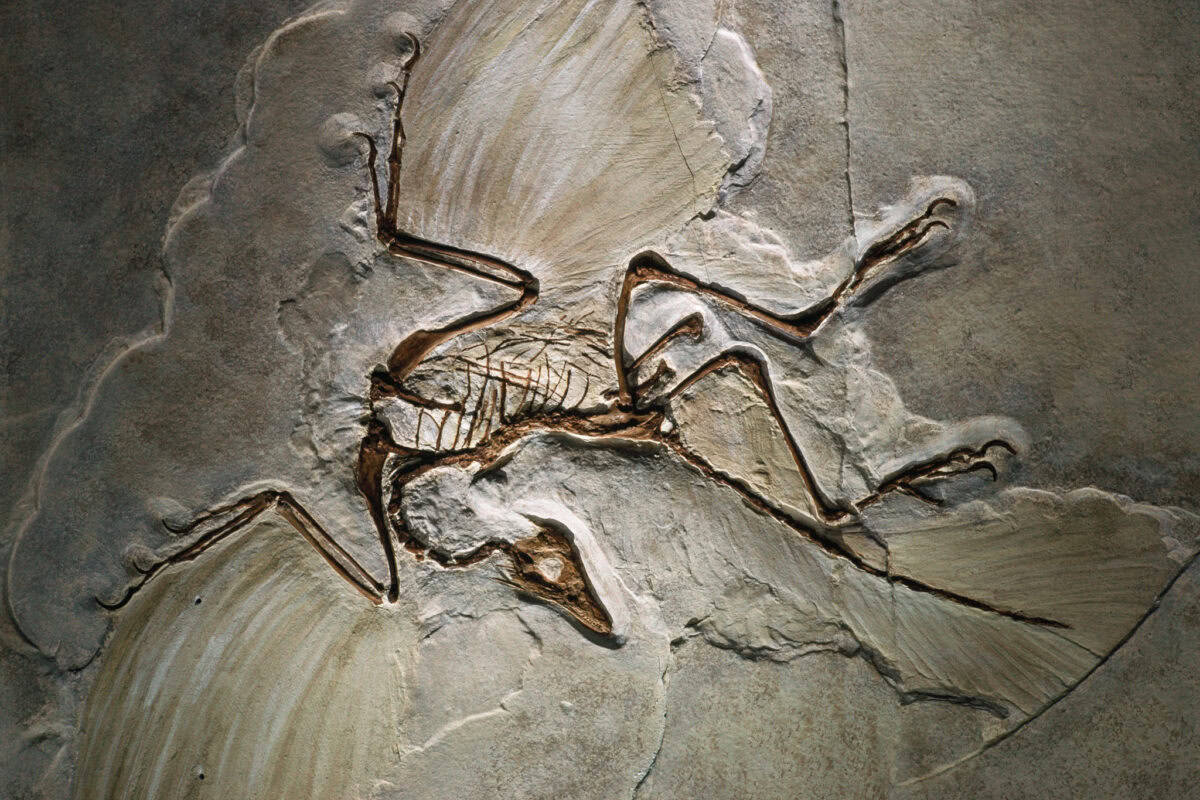
Feathers represent one of the most visible evolutionary connections between chickens and dinosaurs like T. rex. Contrary to popular depictions of dinosaurs as exclusively scaly creatures, substantial fossil evidence now confirms that many theropod dinosaurs, including close relatives of T. rex, possessed feathers or feather-like structures. These early feathers likely evolved initially for insulation or display purposes rather than flight. The discovery of feathered dinosaur fossils in China’s Liaoning Province revolutionized our understanding of dinosaur appearance and provided crucial evidence for the dinosaur-bird evolutionary link.
Modern chicken feathers develop through the same genetic pathways as the feathers of their dinosaur ancestors, controlled by a complex interplay of genes including the BMP and Sonic hedgehog signaling pathways. Even the molecular composition of keratin proteins in chicken feathers shows remarkable similarity to those found in fossilized dinosaur feathers. This evolutionary continuity in feather development represents a clear example of how genetic information has been preserved and modified across millions of years, connecting the humble barnyard chicken directly to the fearsome tyrant lizard king.
Metabolism and Warm-Bloodedness
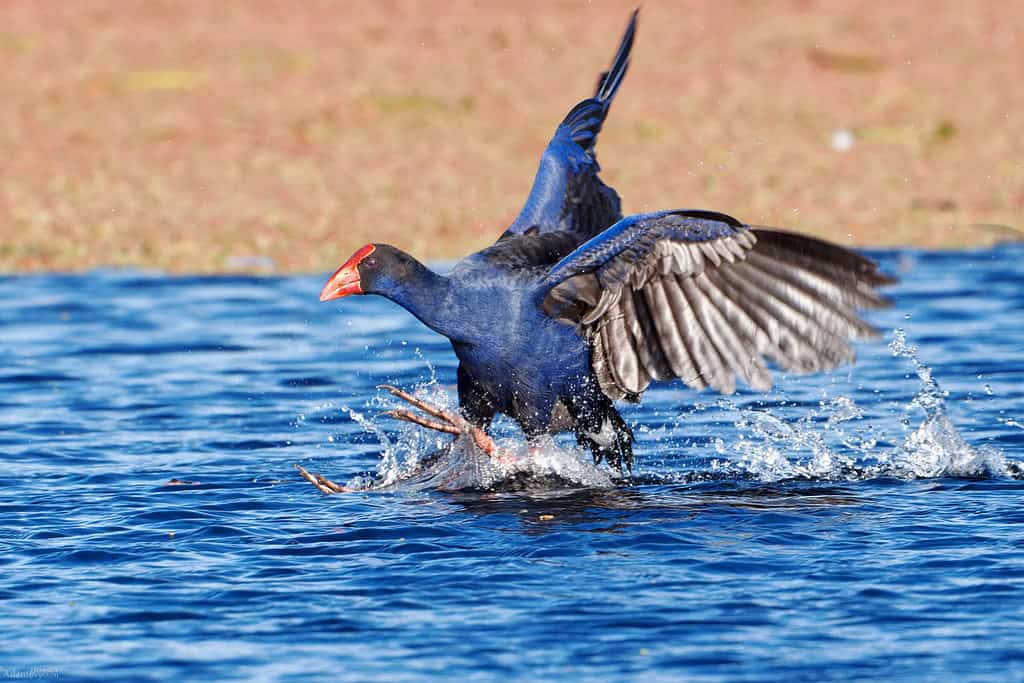
One of the most significant biological similarities between chickens and T. rex involves their metabolic systems. Modern birds, including chickens, are endothermic (warm-blooded), maintaining high, stable body temperatures independent of their environment—a trait that emerged in their dinosaur ancestors. Growing evidence suggests that T. rex and its theropod relatives were also endothermic or partially endothermic, representing a crucial evolutionary step toward modern avian physiology. Studies of dinosaur bone microstructure reveal growth patterns consistent with high metabolic rates similar to those of birds rather than reptiles.
Oxygen isotope analyses of fossil teeth suggest some dinosaurs maintained temperature differences between their core and extremities, characteristic of warm-blooded animals. The genetic foundations for this metabolic system—including genes controlling mitochondrial function, circulation, and insulation—were likely present in T. rex and have been inherited by modern chickens. This shared metabolic approach represented a significant evolutionary advantage, enabling both T. rex and chickens to maintain high activity levels and thrive in diverse environments. The chicken’s constant body temperature of around 106°F (41°C) thus represents not just a characteristic of modern birds but an evolutionary legacy inherited from their dinosaur ancestors.
Reproduction and Nesting Behaviors
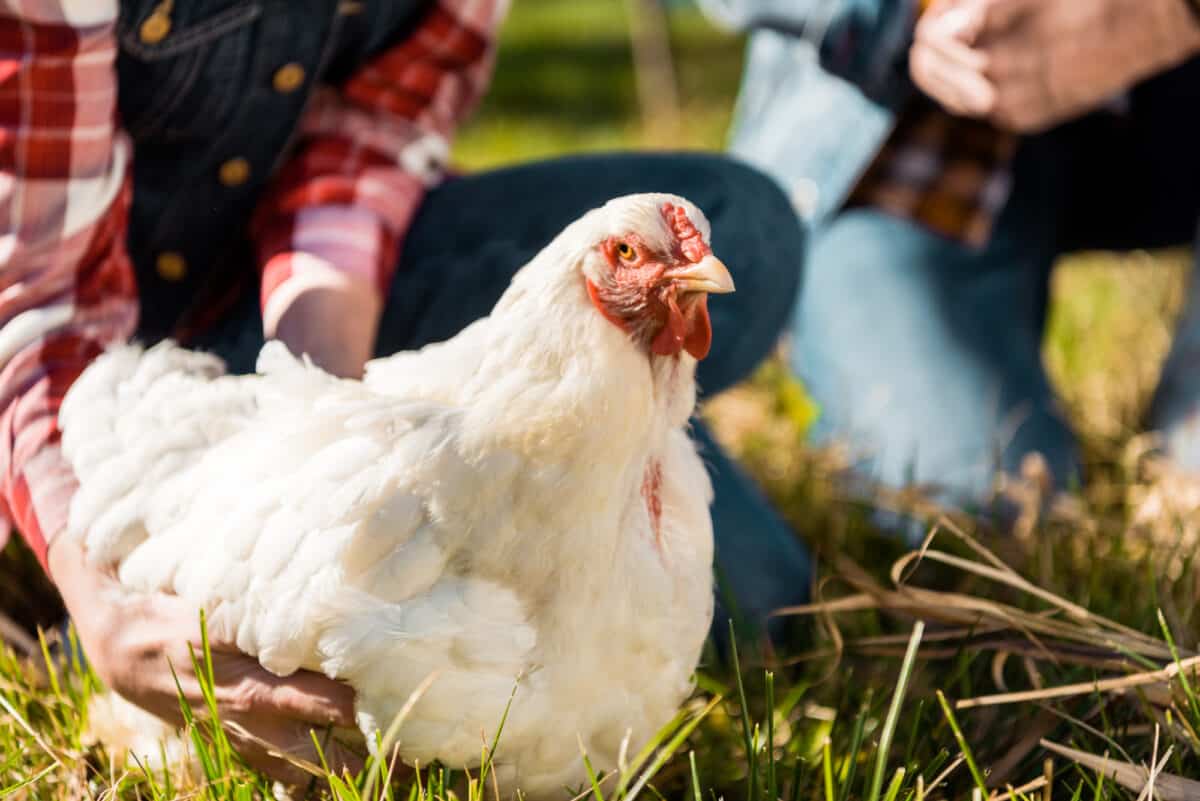
The reproductive biology of chickens carries remarkable evolutionary echoes of their dinosaur ancestors. Both chickens and T. rex produce hard-shelled eggs with similar structural compositions—a reproductive strategy that emerged in the dinosaur lineage and continues in birds today. The discovery of fossilized dinosaur nests, complete with eggs arranged in circular patterns, suggests nesting behaviors remarkably similar to those observed in modern ground-nesting birds, including some chicken breeds. Even more compelling, the brooding posture of nesting chickens—sitting atop eggs with their wings spread to provide warmth and protection—mirrors the fossilized positions of nesting oviraptor dinosaurs discovered in Mongolia.
The genetics underlying these reproductive behaviors appear highly conserved. Genes controlling egg formation, nesting instincts, and parental care behaviors in chickens likely have their origins in the theropod dinosaur genome. Some theropod dinosaurs even developed a specialized bone called the medullary bone that served as a calcium reservoir for egg production—the same adaptation found in egg-laying hens today. These reproductive parallels represent one of the most direct behavioral links between the barnyard chicken and its prehistoric predecessor.
Growth Patterns and Life Stages

The developmental trajectory from hatchling to adult represents another area where chickens and T. rex share surprising similarities rooted in their genetic connection. Both experience rapid early growth followed by a gradual tapering as they approach adult size. Analysis of T. rex fossils from different life stages reveals growth rates more similar to birds than to reptiles, with T. rex reaching sexual maturity before attaining full size—a pattern also observed in chickens.
Modern chickens reach reproductive maturity at around 5-6 months while continuing to grow, mirroring what paleontologists have determined about T. rex development based on bone histology. The genes controlling this growth pattern, including those regulating growth hormone production and bone development, appear to have been conserved across the evolutionary divide. Even the sequence of bone fusion during development follows similar patterns, with certain skeletal elements fusing in comparable order.
Research on chicken embryos has revealed that many developmental genes active during their growth are the same ones that would have guided T. rex development, just expressed in different proportions and timings. This developmental continuity provides further evidence of the deep genetic relationship connecting these seemingly different animals across 68 million years of evolution.
Immune System Adaptations

The immune systems of chickens and their dinosaur ancestors share fundamental genetic architecture that has been preserved through evolutionary time. Modern chickens possess a sophisticated immune system with both innate defenses (immediate, general responses to pathogens) and adaptive immunity (targeted responses to specific threats). Genetic analysis suggests many of these immune components likely existed in theropod dinosaurs like T. rex.
For instance, genes involved in the production of antimicrobial peptides—small proteins that combat bacteria, fungi, and viruses—show evidence of ancient origins predating the dinosaur-bird split. The avian major histocompatibility complex (MHC), crucial for identifying pathogens, contains genetic elements believed to have been present in dinosaurs. This evolutionary conservation makes sense from a survival perspective; effective immune responses were as essential for a T. rex navigating pathogen challenges in the Cretaceous period as they are for chickens in modern environments.
Research on these immune system similarities has practical applications today, with scientists studying chicken immunity to better understand how dinosaurs might have fought disease and how these ancient immune adaptations continue to function in contemporary contexts. The genetic blueprint for fighting infections has thus been passed down from T. rex to barnyard chicken, representing another thread in their shared evolutionary tapestry.
Bringing Dinosaurs to Life: What Chickens Tell Us

Modern chickens serve as living laboratories for understanding dinosaur biology, behavior, and evolution. By studying chicken embryonic development, scientists can observe ancient developmental programs in action, watching as dinosaur-like features emerge and then modify during growth. Researchers have used chickens to investigate how dinosaurs might have moved, with gait analysis of chickens providing insights into theropod locomotion. Sound production in chickens has even informed hypotheses about dinosaur vocalizations, with the same syrinx structures that enable chicken calls potentially present in some form in their dinosaur ancestors.
The chicken’s brain structure, while much smaller, follows organizational patterns believed to have existed in theropod dinosaurs, offering clues about dinosaur cognition and sensory processing. Some scientists have even analyzed chicken behavior to infer possible social structures in dinosaur groups, noting similarities in hierarchical organizations. This “living dinosaur” model provides paleontologists with active biological systems to test hypotheses that would otherwise remain speculative. Through careful comparative studies between chickens and fossil evidence, researchers continue to bring dinosaurs to life in our scientific understanding, making the distant past more accessible through the study of these common birds.
Conclusion: The Dinosaur in Your Backyard
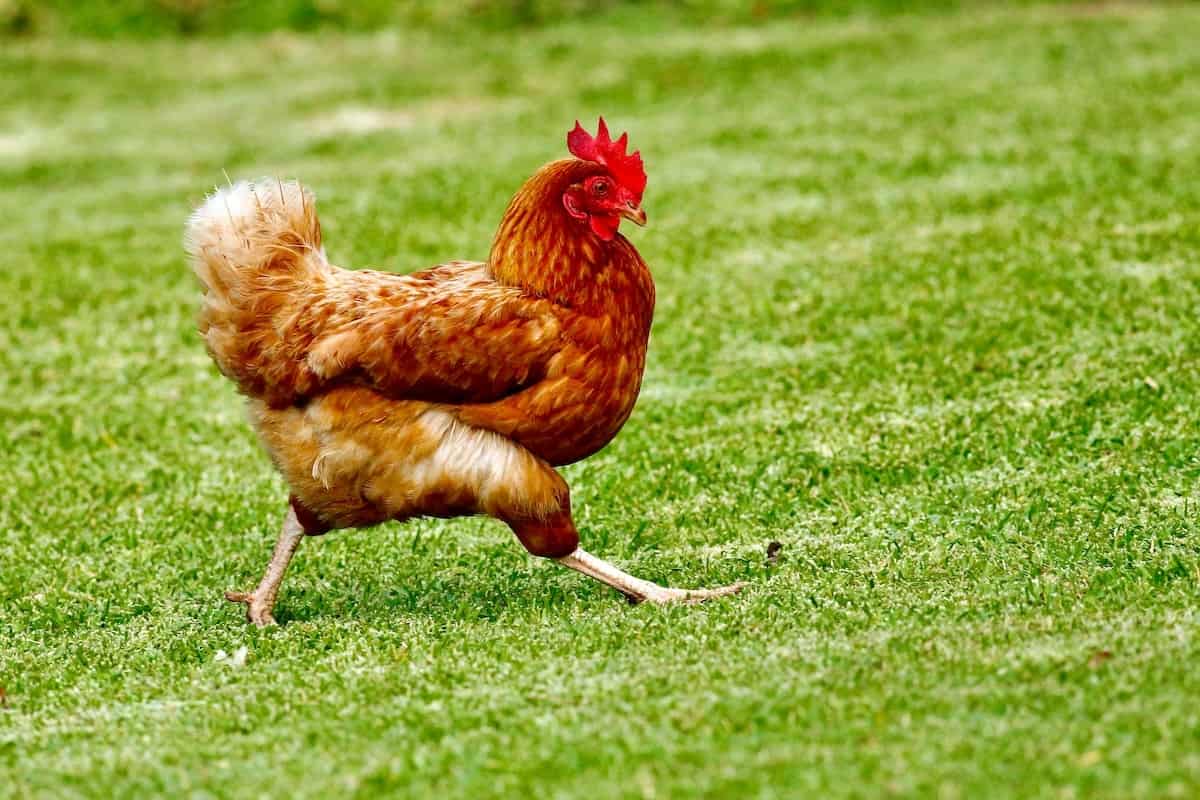
The genetic connection between chickens and Tyrannosaurus rex represents one of evolution’s most fascinating narratives—a 68-million-year journey from fearsome predator to barnyard fowl. This relationship, confirmed through both fossil evidence and molecular analysis, fundamentally transforms how we view both modern birds and ancient dinosaurs. Every chicken carries within its DNA the legacy of the terrible lizards that once dominated Earth, preserved across vast expanses of evolutionary time.
This scientific understanding doesn’t diminish either creature but rather enriches our appreciation of both, highlighting the remarkable continuity of life on our planet. The next time you observe a chicken—whether scratching in the dirt, protecting its young, or simply surveying its territory with that distinctive head-bobbing gait—remember you’re witnessing the living legacy of the dinosaurs, a direct descendant of the mighty thunder lizards that once ruled our world. In the humble chicken, the age of dinosaurs lives on, hiding in plain sight all along.
- This Fish Has the Most Teeth in the Ocean—And Uses Them Well - August 9, 2025
- How Wolves Use Group Howls to Reunite With Pups - August 9, 2025
- 12 Dog Breeds That Form the Deepest Emotional Bonds with Their Owners - August 9, 2025

